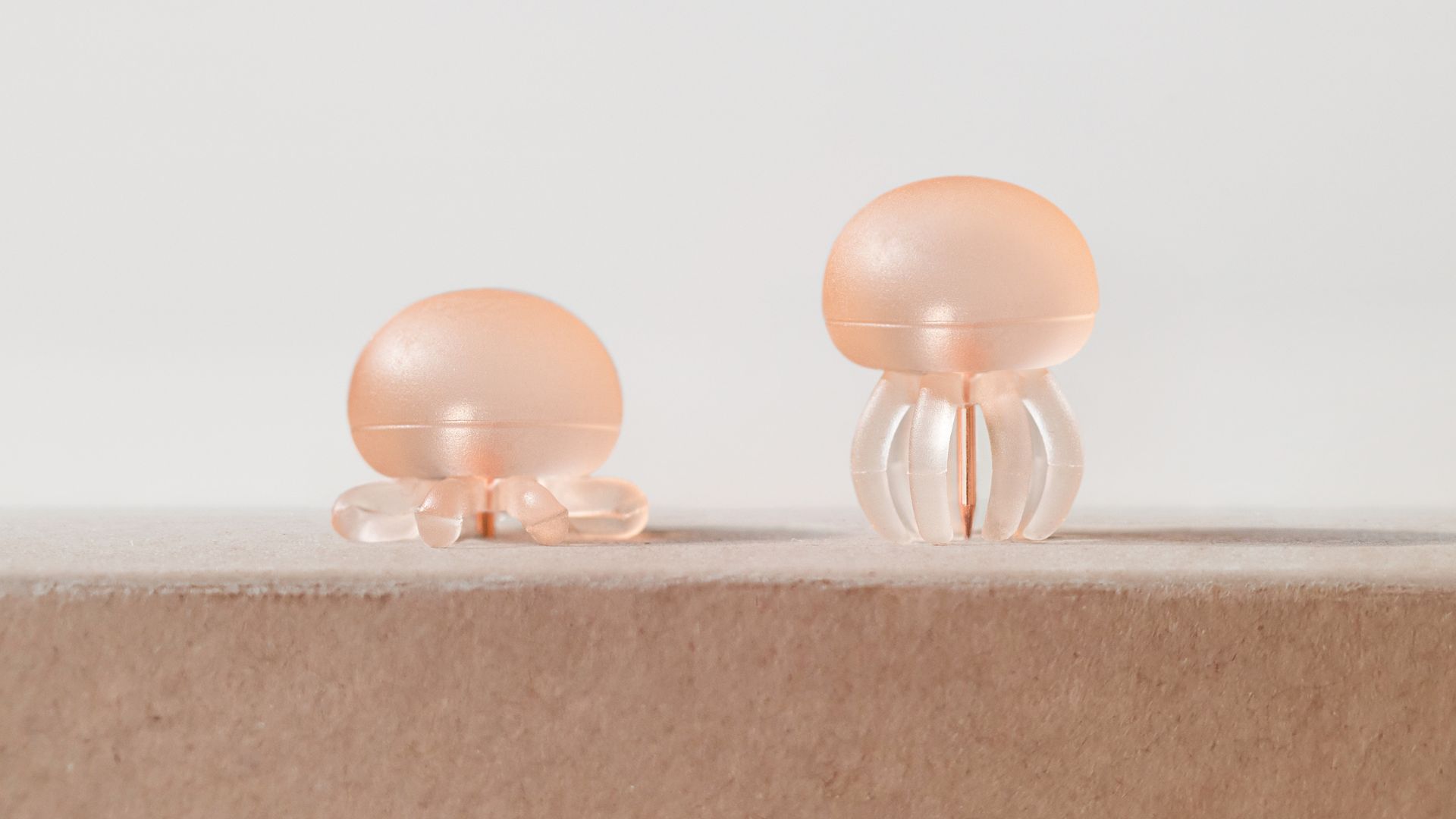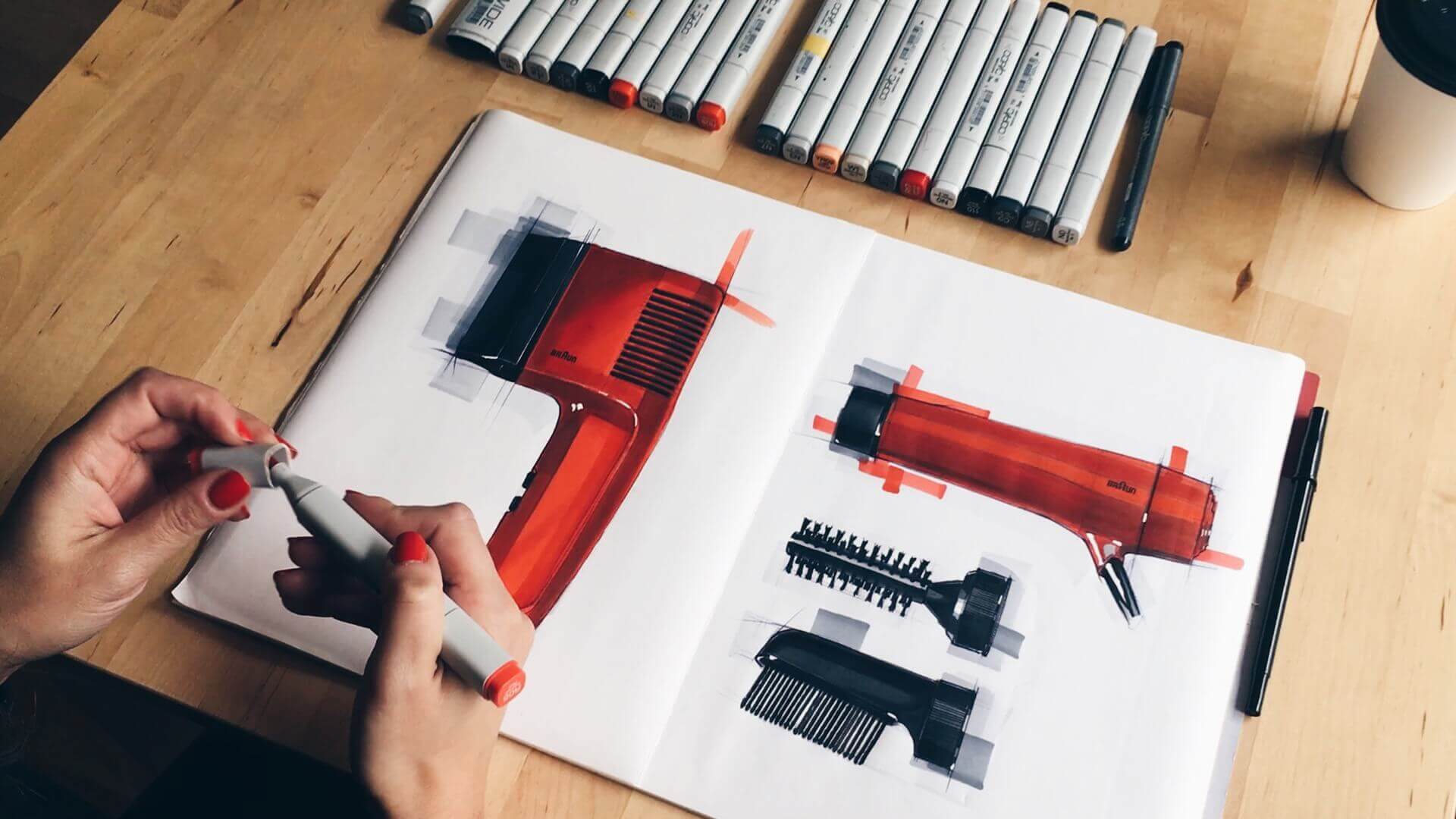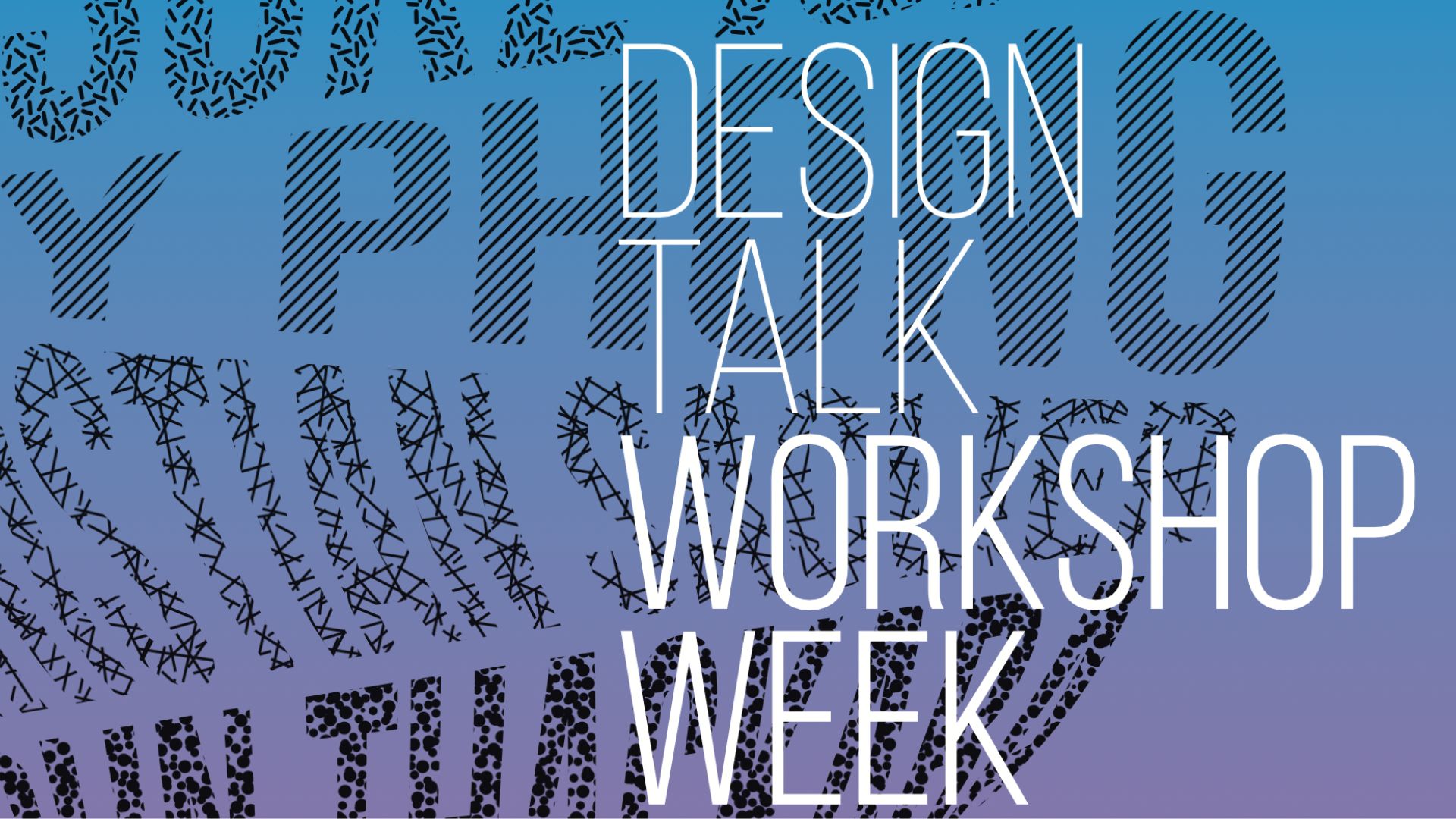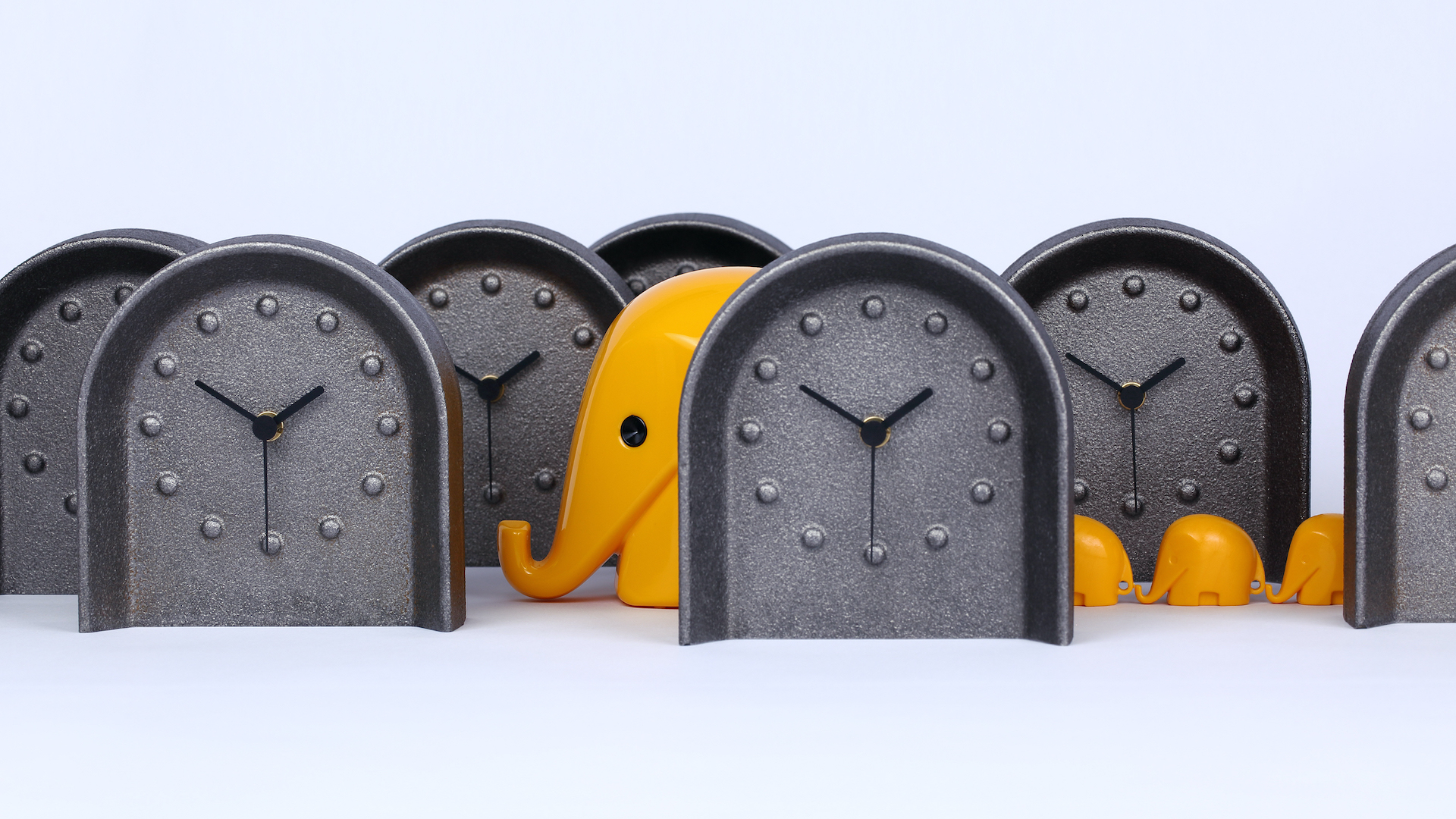How to incorporate 3D printing in your design process?
Have you ever felt frustrated with the bad ergonomics of a soap dispenser, or a mailbox that’s smaller than standard letter size?
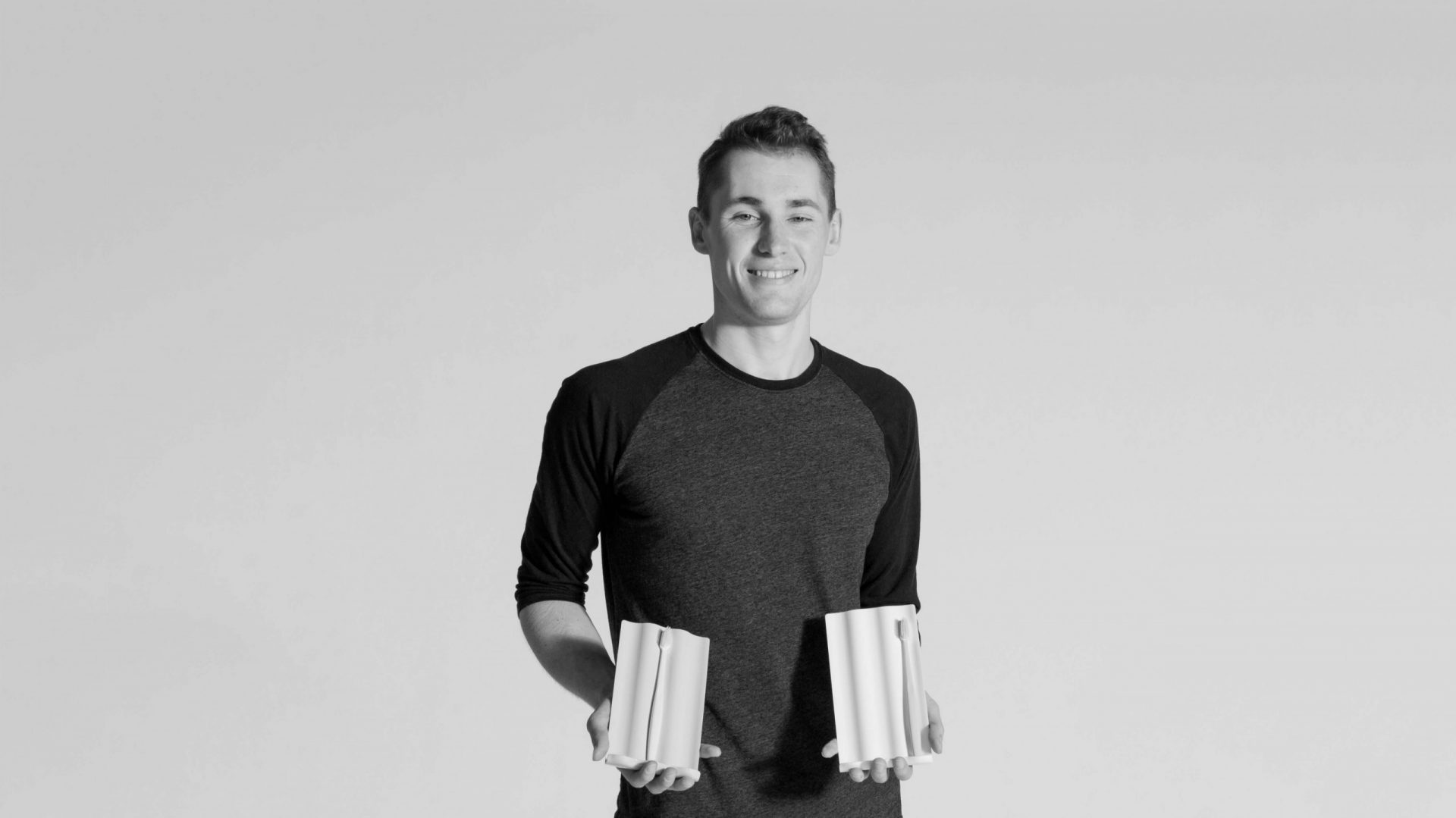
StudentDesign presents Slot toothbrush holder by American designer Josh Lymann, a concept that perfectly illustrates the 3D printing design process.
Some things, like smartphones and remote controls, are the result of hundreds of hours of design and testing, where other objects feel sort of underdeveloped. There are entire categories of objects in our lives that feel overlooked and as a result, are prime targets for a thoughtful redesign.
Industrial design student Josh Lyman noticed this sort of underdevelopment in household and bathroom products and was inspired by newer design-focused products like Harry’s razors and Boka toothbrushes to create his own.
“I noticed a clear shift in public attention to developing products that elevate the bathroom experience,” Lyman explains. “There’s some compelling new human-driven design for razors and toothbrushes, but the things that organize and store them seem to be left out.”

“My old toothbrush holder was the typical cup with four holes for storing razors or toothbrushes upright. It would collect water at the bottom, was difficult to clean, and took up too much countertop space compared to the size of the objects it was storing.”
Lyman jokingly admits he has a grudge against the container and began exploring the forms for a replacement with quick sketches, hoping to rid himself of it forever.
As he sketched out ideas, developing his own design process, he saw an opportunity to get some early physical information by creating rough cardboard models.
By spending a few minutes cutting and folding scrap cardboard, Lyman makes an important observation: just because a 3D printer can replace more time-consuming and difficult physical models like wood, foam, or clay, doesn’t mean it has to replace every possible physical exploration.

More manual modelling techniques still have a place early in the design cycle, especially given the amount of time CAD and 3D printing can take.
“Having a few cardboard models to react to before putting my first designs into CAD gave me the chance to explore some shapes in a matter of minutes to test their general size and appearance on the countertop. I started out trying to get the proper wave pattern down first, which would determine the space allotted for each toothbrush,” Lyman elaborates.
“The wave pattern needed to be mirrored on the bottom surface as well, allowing a ‘catch’ for the toothbrush. I experimented with lofting, extruding, and sweeping rails to try and achieve an uninterrupted shape. Blending the surface proved the best option, but it took a lot of refinement to find a shape that works at the thickness I was looking for—the piece must feel light and minimal so it won’t dominate the bathroom counter.”
After cloning a few iterations to explore with slightly varying features and dimensions, Lyman moved to 3D printing to test their functionality against a few standards.
“I needed to find the optimal angle to lean the holder at so that it had enough grip to stay on the counter while still being easy to remove and store toothbrushes. So I printed about 10 early prototypes to get a wide range of geometries and angles for the study.”

Flat prints would warp less and deliver better dimensional accuracy, but were slower to print and required more support material cleanup.
With these tests, Lyman highlights another important consideration when using 3D printers for rapid prototyping: there are tons of trade-offs present when deciding how and what to print – the best method depends entirely on your values and goals for the design.
In his case, dimensional accuracy was more important than speed, so flat orientations were the way to go.
“Sprinting through a wide variety of 3D printed iterations helped me refine and select the best design much quicker than if I had just been working in CAD or creating models with another method,” Lyman concludes.
“There’s still some room for refinement in the angle and weight of the holder, but overall it’s an excellent proof of concept for low-cost, minimal, clean toothbrush storage.”

Giving his final take on the design exercise, Lyman adds:
“Nothing compares to being able to feel and test a product in its environment. 3D printing makes physical information much easier to access, not to mention cheap and fast to iterate on. I was able to learn more sooner, explore a wider set of concepts, and advance my design to its final form faster than ever before.”
This article is written by Max Hochstenbach (23) & Guido Lok (22) from the platform StudentDesign.







